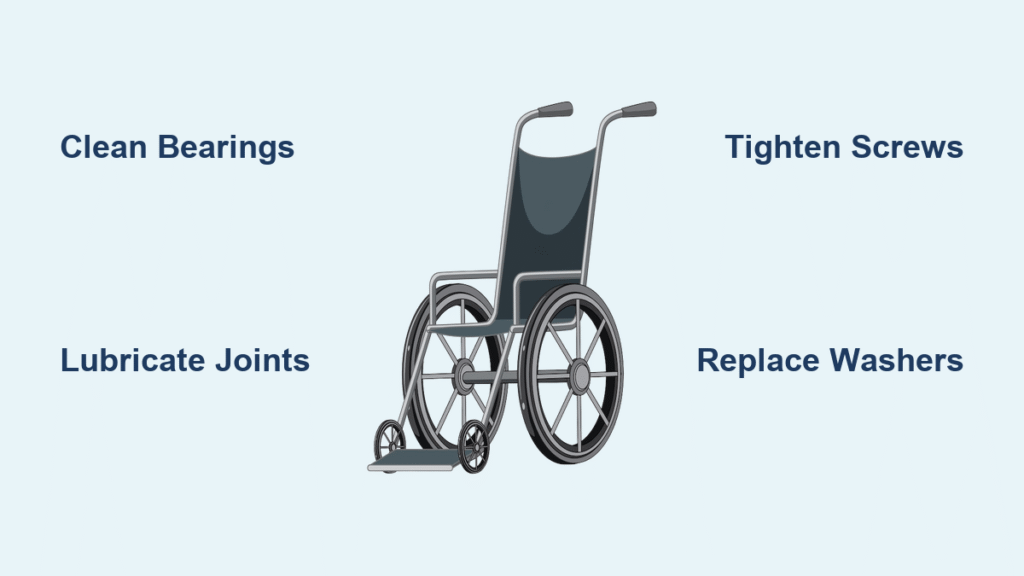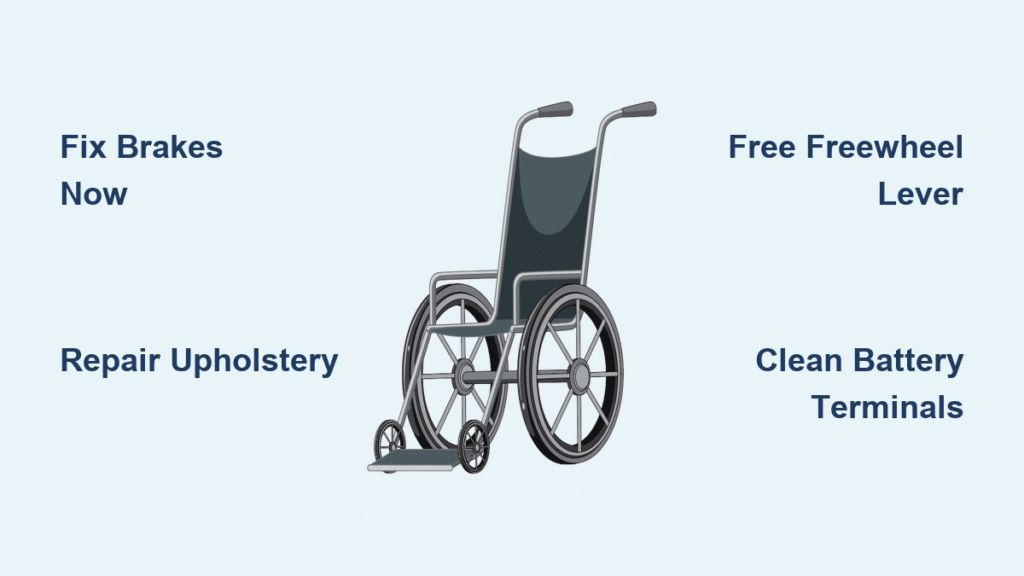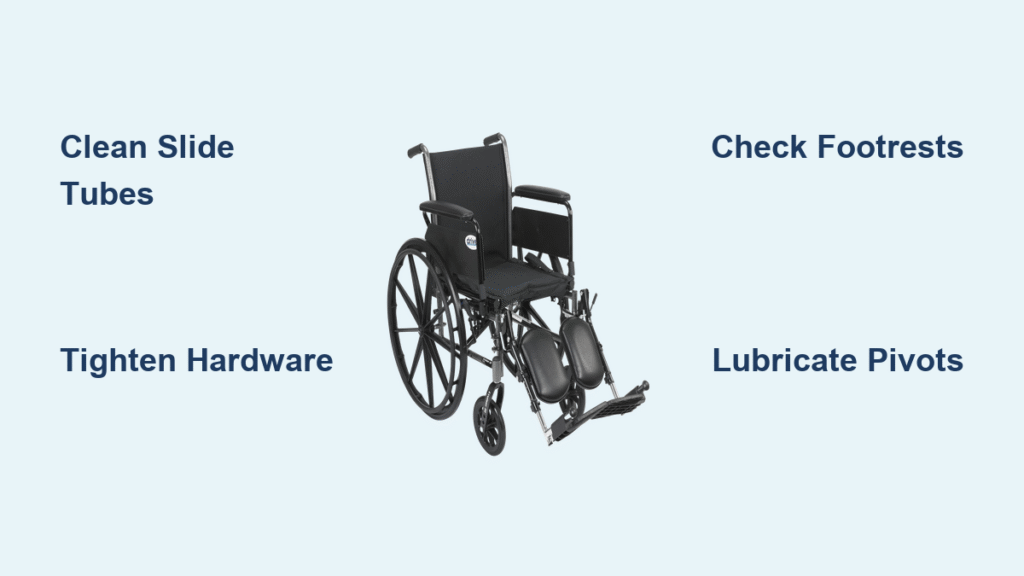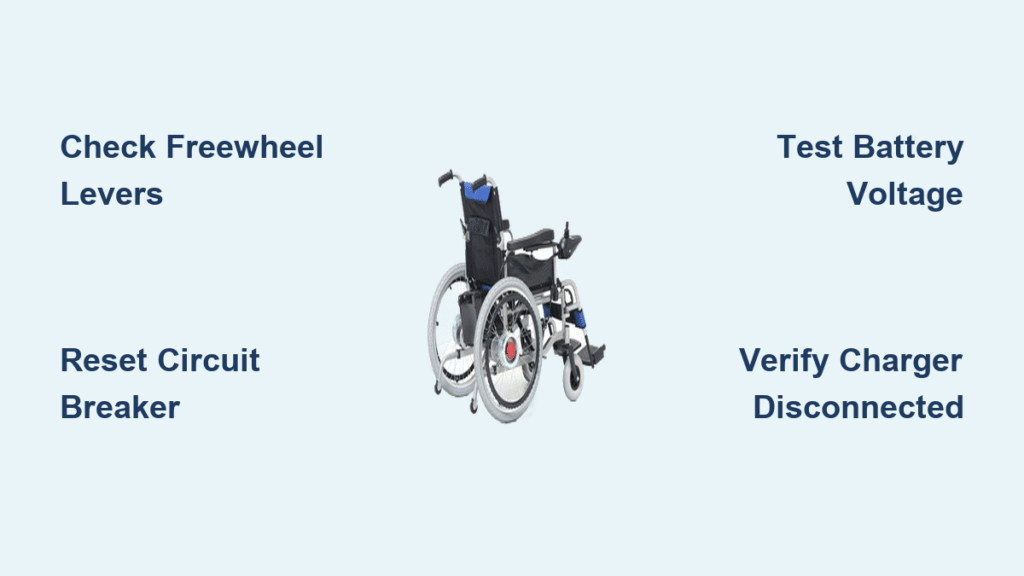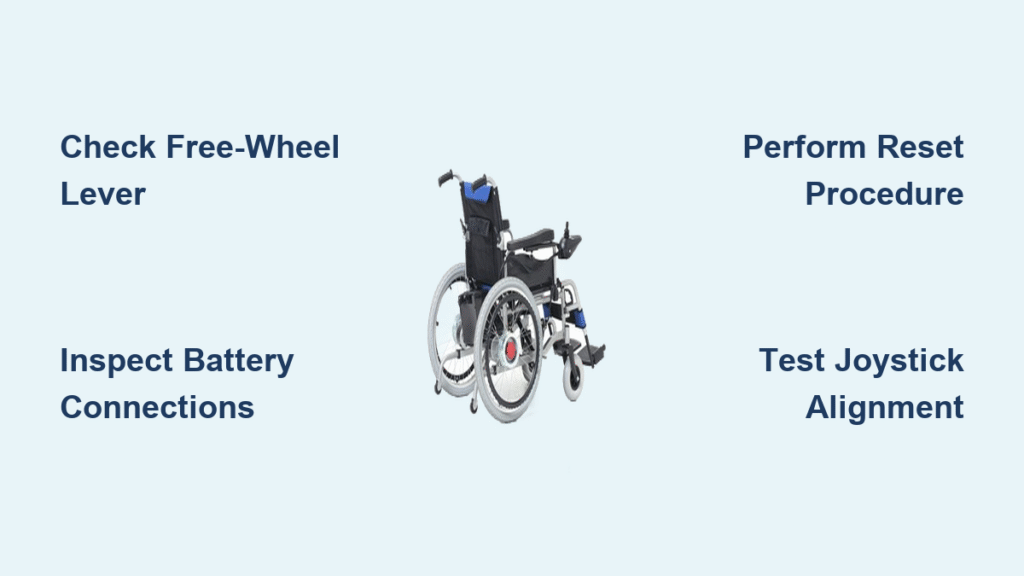That relentless squeak echoing through quiet hallways or grocery stores? It’s like being trapped with a squeaky shoe you can’t remove—especially maddening during damp weather when metal components contract. Whether you use a manual chair for daily mobility or rely on an electric model like the Whill C2, these noises signal preventable mechanical issues. The good news: 90% of wheelchair squeaks stem from simple causes you can fix yourself with basic tools and proper lubrication techniques. This guide delivers proven solutions from wheelchair technicians and bike mechanics to transform your noisy ride into a silent companion.
Stop dreading public outings because of embarrassing sounds. You’ll learn to pinpoint exact squeak sources, apply professional-grade lubrication without attracting dirt, and implement maintenance routines that prevent future noise—all without costly professional repairs. Let’s eliminate that irritation for good.
Pinpoint Your Wheelchair Squeak Source in Under 5 Minutes
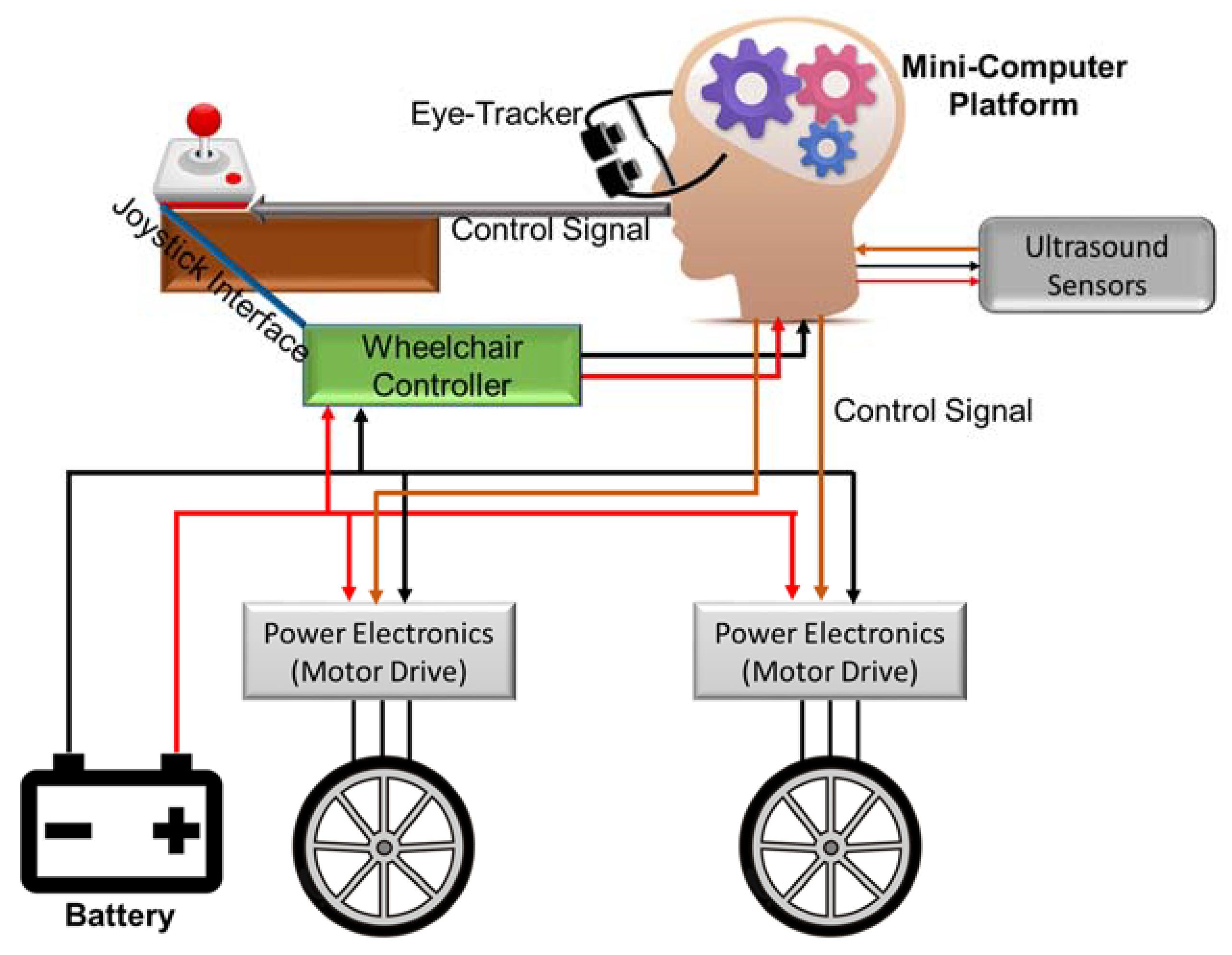
Wheel Bearing Squeaks vs. Spoke Groans
High-pitched metallic squeals during turns indicate failing wheel bearings—spin each wheel by hand to test. Listen for: grinding or screeching that worsens with rotation speed. Critical check: rough movement when spinning reveals worn bearings needing immediate attention. Deeper groaning sounds instead point to loose spokes; press each spoke gently to identify movement. Pro tip: Visit a local bike shop for spoke tensioning—wheelchair and bicycle wheels share identical construction.
Quick-Release Mechanism Failures
Clicking sounds when shifting weight or moving often trace to dry quick-release mechanisms. Inspect: look for cracked nylon washers or visible gaps at wheel attachment points. Test method: wiggle the wheel laterally—if movement exceeds 1/8 inch, the mechanism needs lubrication or washer replacement. These components lose flexibility over time, especially in humid climates.
Plastic-on-Metal Friction Points
Intermittent squeaks that change pitch during turns signal plastic fenders rubbing against metal frames. Identify: run your fingers along fender edges while someone rotates the wheel—feel for vibration hotspots. Visual clue: shiny metal patches where plastic repeatedly scrapes the frame. This commonly occurs near front casters during tight turns.
Critical Cleaning Steps Before Any Squeak Repair
Essential Cleaning Supplies Checklist
- Mild dish soap (never harsh detergents)
- Microfiber towels (lint-free)
- Soft-bristle toothbrush
- Bucket with warm water
4-Step Cleaning Protocol
- Dry debris removal: Brush all metal joints and wheel hubs with dry toothbrush
- Targeted washing: Dip brush in soapy water, clean only metal components—avoid upholstery and bearing seals
- Rinse verification: Wipe with damp cloth until water runs clear
- Complete drying: Use multiple towels to absorb moisture from crevices—trapped water worsens squeaks
Warning: Never spray water directly into wheel hubs. Moisture causes rust that amplifies noise within 48 hours. Perform this outdoors on dry days.
Choosing the Right Lubricant for Wheelchair Squeaks
![]()
Lubricant Comparison Guide
| Product Type | Best For | Avoid On | Lifespan |
|---|---|---|---|
| Bike grease | Wheel bearings, screw threads | Plastic components | 2-3 months |
| Silicone spray | Quick-releases, plastic contacts | Upholstery | 1 month |
| WD-40 Smart Straw | Tight-spaced pivots | Brakes | 2 weeks |
| Dry lubricant | Plastic-on-plastic joints | Metal bearings | 6 weeks |
Precision Application Techniques
Bearings: Apply pea-sized grease amount to bearing races—excess attracts dirt. Screws: Dab lubricant on threads before reassembly, then loosen ½ turn after tightening to prevent binding. Plastic contacts: Spray silicone only on friction points—wipe excess immediately. Never use automotive grease—it traps debris and accelerates wear.
Fixing Squeaky Wheel Bearings on Manual Wheelchairs
Bearing Repair Sequence
Step 1: Release wheels using quick-release lever
Step 2: Spin hub by hand—gritty resistance means bearings need replacement
Step 3: Clean race surfaces with dry microfiber cloth
Step 4: Apply bike grease sparingly to inner race
Step 5: Reinstall wheel, ensuring full axle seating
Replacement reality: Bearings wear out every 6-12 months with daily use. Budget for annual replacements—most local bike shops install them for under $20.
Screw Tightening Mistakes That Cause Squeaks
Over-tightening screws creates binding that generates noise. Monthly maintenance:
– Remove all wheel and backrest screws completely
– Inspect threads for rust or damage
– Apply light oil before reinsertion
– Tighten firmly, then back off ½ turn
Focus areas: Axle bolts, brake mounts, and footrest brackets—these vibrate loose most frequently.
Whill C2 & Powerchair Squeak Fixes: Nylon Washers and Bushings
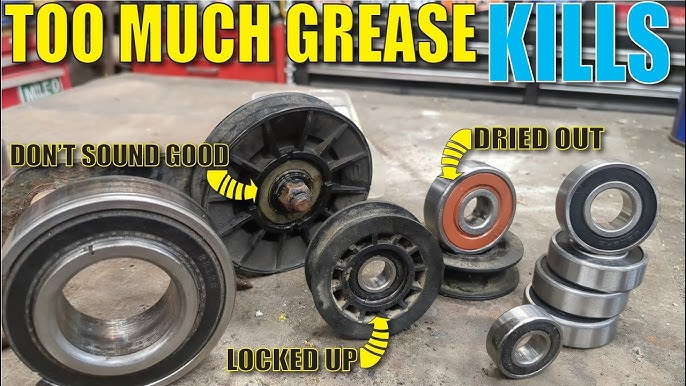
Nylon Washer Replacement
Worn spindle washers cause rhythmic clicking during movement. Fix in 3 steps:
1. Locate spindle connection points near wheel hubs
2. Remove damaged washer with needle-nose pliers
3. Install new washer (measure thickness before purchasing)
Test immediately: Roll chair 10 feet—if clicking persists, check opposite wheel.
Brass Bushing Lubrication
Dry bushings create high-pitched squeals during turns. Access method:
– Safely flip wheelchair to expose underside
– Locate pivot bolts at A-arm centers
– Apply silicone spray between bushings and bolts
– Move suspension through full range to distribute lubricant
Success sign: Squeak disappears within 3 wheel rotations.
Test Your Wheelchair Squeak Repair: The 4-Step Validation Process
Post-Repair Testing Sequence
Phase 1: Roll 15 feet forward on smooth surface—listen for residual squeaks
Phase 2: Execute 3 tight clockwise circles—tests bearing stress points
Phase 3: Shift weight side-to-side—simulates real-world pressure changes
Phase 4: Test on carpet—amplifies hidden friction noises
Troubleshooting tip: If squeaks return, isolate components. Re-lubricate one joint at a time before retesting—never apply multiple fixes simultaneously.
When to Call Professionals
Seek help for:
– Bearing replacements requiring press tools
– Frame alignment issues causing persistent rubbing
– Electrical interference in powerchairs
Resource hack: Bike shops handle wheel repairs 50% cheaper than mobility specialists—bring only the wheel assembly.
Monthly Maintenance to Prevent Wheelchair Squeaks Forever
10-Minute Silent Chair Routine
- Tire pressure check: Under-inflated tires strain bearings (ideal: 25-30 PSI)
- Screw tightness scan: Tap all visible fasteners with coin—loose ones “ping”
- Brake test: Roll chair forward while engaging brake—grinding indicates adjustment needed
- Lubrication refresh: Spray silicone on quick-releases and caster joints
Proven prevention: This routine reduces squeak recurrence by 80% according to mobility technicians.
Your Silent Wheelchair Calendar: Daily to Bi-Annual Checks
Critical Maintenance Timeline
- Daily: Verify brake function before first use—squeaky brakes compromise safety
- Weekly: Inspect wheel rotation smoothness—spin each wheel 5 times counting revolutions
- Monthly: Full lubrication of moving parts (bearings, screws, pivots)
- Bi-annually: Professional bearing replacement and frame inspection
Cost-saving insight: Bi-annual professional servicing ($75-$120) prevents $300+ repairs from neglected squeaks. Schedule during seasonal changes when humidity affects metal components most.
Your wheelchair shouldn’t announce your arrival. By following these precise steps—locating the exact squeak source, applying targeted lubrication, and implementing the silent maintenance calendar—you’ll eliminate noise permanently. Start with the critical cleaning process; 40% of squeaks vanish with proper drying alone. Remember: a well-maintained wheelchair operates 30% more efficiently, reducing your physical strain during propulsion.
Don’t wait for that annoying sound to escalate into dangerous mechanical failure. Grab your microfiber towel and lubricant today—your first squeak-free roll could take less than 20 minutes. Mark your calendar for weekly screw checks and bi-annual professional servicing. Soon, the only sound you’ll hear is the smooth whisper of effortless mobility wherever life takes you.

